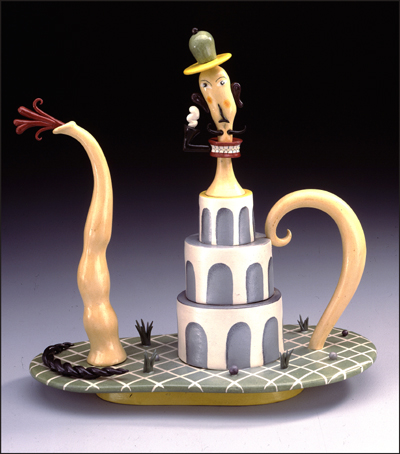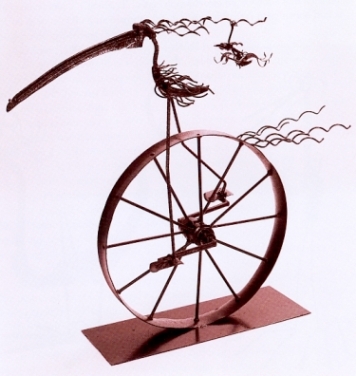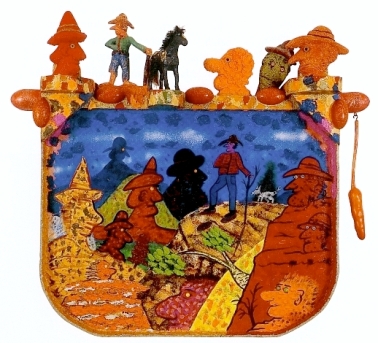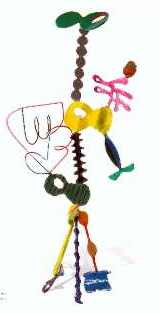 |
||||
Artful Jesters Welcome to the world of visual humor!
This web site is a directory of visual humor
But, why humor in art, you ask? Because, as the pundits say, It’s a funny thing , humor. And the artworld needs the breath of fresh air it provides. Humor is an inherent component of human nature. No one will acknowledge not having a sense of humor. It follows, therefore, that humor should appear in all facets of human expression. Whether considered from the viewpoint of the creative potential it offers the artist, or from the salubrious effect that it has on human behavior in general, humor stands out as something that should be cherished, preserved and nurtured. James Thurber was right on the money when he said, “Humor is the other side of tragedy. I like to think of it as one of our greatest and earliest national resources which must be preserved at all costs. It came over on the Mayflower and we should have it, all of it!” Humor, however, succeeds in doing much more than tickling our funny bone and exciting our intellect. With it we become liberated from the restraints of convention and the weariness of pain and reality. Humor has the power to uplift, restore and sustain psychological and physical health. It is, pure and simple, a universal tonic.
How can we begin to enjoy visual humor? First , keep your mental “humor switch” turned on . (That’s the anti-bias switch in your brain that keeps the mind open to seemingly incompatible information and predisposes it to make unusual leaps and associations). Secondly, enjoy creative play. Creative people (both artists and viewers) recognize the importance of play and its relationship to the creation and appreciation of wit and humor. What’s funny (and ironic) about humor is that its catalyzing agents — incongruity, ambiguity, inconsistency, irony, mystery, and contradiction— considered problematic by serious-minded people, are fervently adopted as working tools by humor-minded folks. Clearly, an important part of the quest for visual humor lies in creative mental play. Ralph Waldo Emerson drew attention to this fact when he said, "It is a happy talent to know how to play." NICHOLAS ROUKES |
||||
|
© 2006 Nicholas Roukes. All Rights Reserved |



